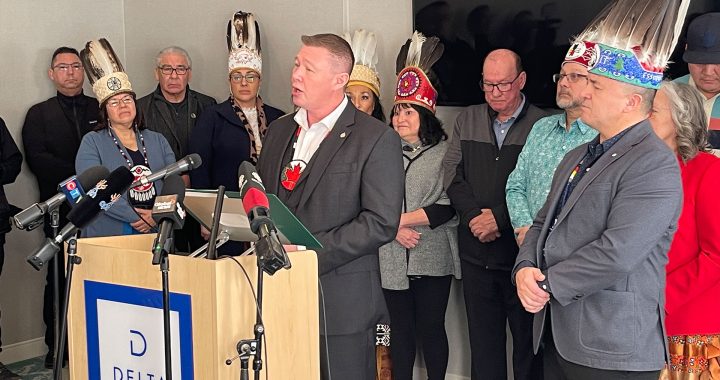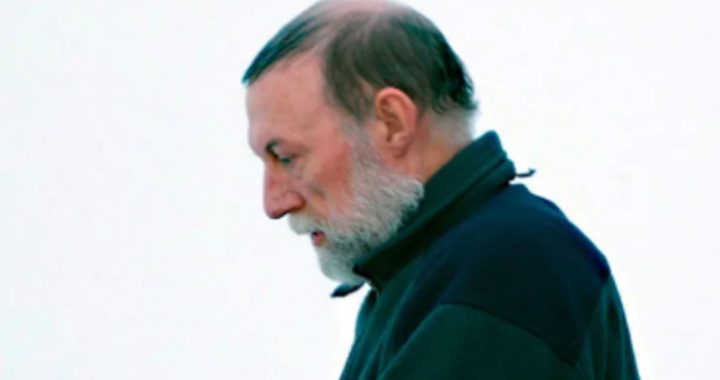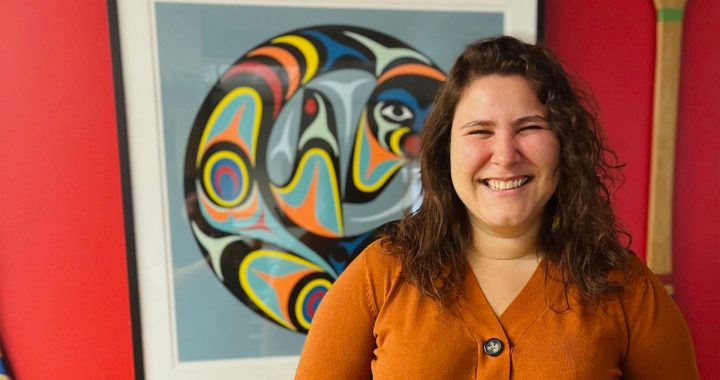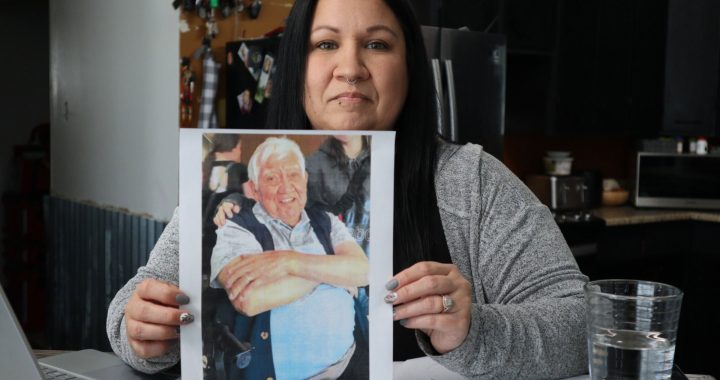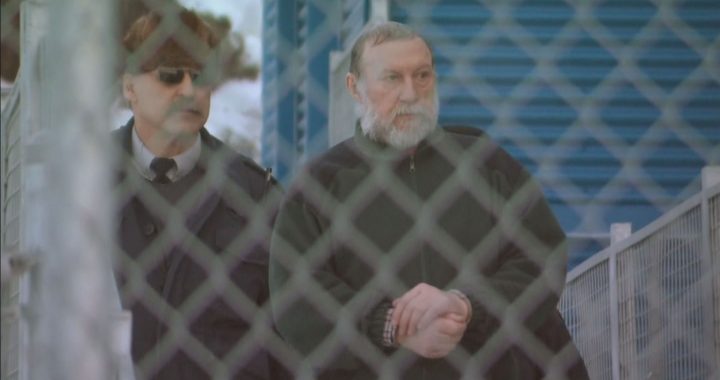Warning: This story includes details of sexual abuse and suicide.
The child welfare worker got a call just before lunchtime saying one of her clients wrote a suicide note.
By 3 p.m. she read it.
But Ashley Gibbins didn’t act.
Gibbins didn’t go see the child who lived an hour away.
She didn’t call the child’s caregiver.
Her shift was over soon and working overtime, she claimed, wasn’t approved in the Big Island First Nation child protection team.
All the while a child’s life hung in the balance.
The next morning Gibbins shared the note with her team and it was decided she should visit the child.
Not right away.
Not later that day.
Tomorrow.
But there would never be another tomorrow for little Sacha Raven Bob.
The 12-year-old took her life on Sept. 10, 2014, approximately 24 hours after Gibbins was first told about the note.
And this wasn’t just any suicide note.
Or, at least, it shouldn’t have been.
That’s because Sacha’s sister, Arizona Bob, 21, had just died by suicide three weeks earlier on Aug. 17, 2014.
Another sister, Shania Bob, 18, also took her life in February.
Three sisters gone in seven months.
No urgency.
No help.
Not for Sacha.
She died alone in the closet of her bedroom.
The Anishinaabe girl was part of a multi-generational scoop of her family into the care of Weechi-it-te-win Family Services, beginning with her mother who bounced around 24 different placements.
Arizona, 48 placements.
Shania had 55, and she took herself out of care at 16.
Sacha didn’t move around as much, but APTN has confirmed Weechi repeatedly failed to meet government regulations as her legal guardian.
When Sacha displayed signs of sexualized behaviour at the age of four, and then again and again, there’s no evidence it was ever addressed.
Later in her short life she was sexually abused by four boys at school. Police said at the time the four boys were too young to be charged.
Then they did it, again.
There’s no record of Sacha getting help.
Many things went unchecked in Sacha’s life.
In fact, for seven of her 12 years alive, Weechi had no documented plans on how to raise the child.
Workers would often miss required visits.
Annual medicals were missed again, and again.
All of which are requirements under provincial regulations.
It’s all detailed in Sacha’s internal death report, a 91-page document that breaks downs her time in care while also providing a view into what sort of guardian Weechi was to the child.
It’s a report that took about five months to complete and based on an audit of her child welfare file, as well as interviews with nearly 50 people.
APTN has spent several months, particularly in recent weeks, researching and corroborating many details in the death report, including speaking with Sacha’s last surviving sister.
It’s part of an on-going investigation into Weechi and other agencies across northern Ontario.
This is Death By Neglect.
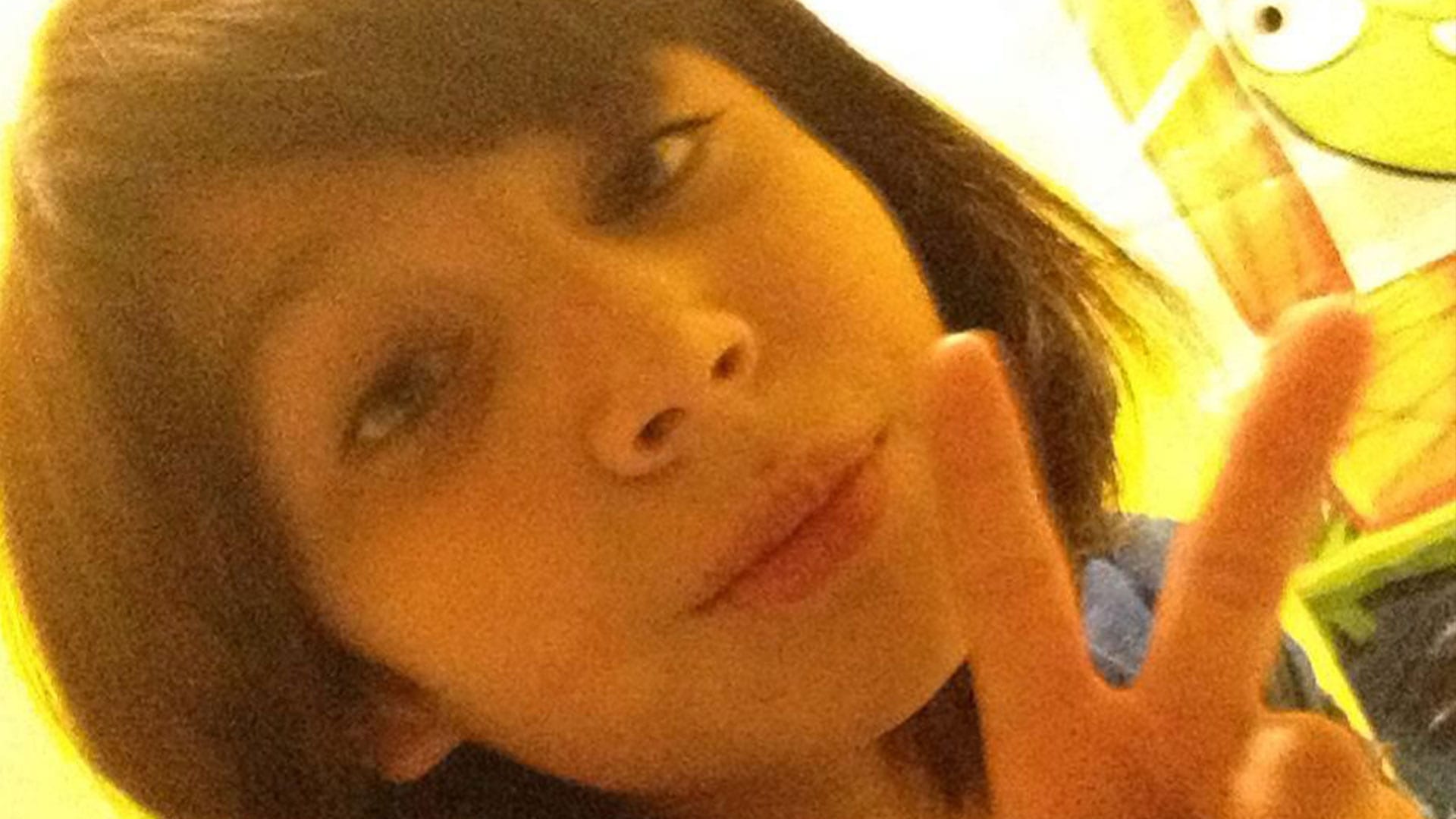
Sacha Raven Bob was born into an unstable home on May 26, 2002, a time when her mother was still struggling with the trauma of her own childhood.
It wasn’t long before she was in care.
At approximately seven months old she went to live with an aunt in Whitefish Bay First Nation through what’s known as a customary care agreement.
Early worker reports suggested she was doing well in the new home, but as Sacha grew older she began displaying an array of challenges needing referrals for various assessments and supports.
While she got help for speech therapy and support on intellectual skills, she missed other assessments.
It was suspected she may have had Fetal Alcohol Spectrum Disorder, but it was never confirmed, even though records show a referral was made.
Around this time she also started showing signs of sexualized behaviour, according to a summary of her child welfare worker notes found in the death investigation led by consultant, and external reviewer, Peter Ferris.
“In 2006, Sacha began to dress provocatively, not allowing the caregiver to dress her and wanting to wear clothing that show off her chest, arms and legs,” wrote Ferris, who also used to work for Weechi.
This continued for several years.
April 16, 2008 | Caregiver, again, expressed concerns about Sacha dressing “provocatively.”
June 12, 2008 | Teacher reported Sacha couldn’t keep her hands to herself, making comments about boys’ private parts.
June 12, 2008 | Annual medical showed her doctor “[questioned] some sexual behaviour and knowledge”.
April 3, 2009 | Smoking and drinking. Showing interest in boyfriends.
June 5, 2009 | “Dressing provocatively and trying to wear make-up … had a boyfriend.”
Aug. 6, 2009 | Broke into daycare, drinking beer.
Aug, 27, 2009 | Annual medical record: “bad attitude, smoking, bad tantrums, lying/manipulation, needs lots of 1:1, behaviour is sometimes precocious and provocative.”
Jan. 18, 2010 | Still insisting to dress herself and wants to show chest, legs and arms.
Sacha was between the ages of four to seven during this period.
It’s not clear how this was addressed, if at all, or if any root causes were explored, let alone determined.
“The reviewer was unable to locate any counselling records for this period,” Ferris wrote.
Ferris found references to Sacha seeing a counsellor, needing to see one again and her worker saying they’d schedule appointments.
But he found nothing actually in her file to confirm.
“It is therefore uncertain what counselling services, if any, were provided and for what periods,” said Ferris.
In March of 2011, Sacha was removed from the home after she accused her aunt of physical abuse.
The home was supposed to be closed, but the death report shows children kept being placed in the home up until Sacha’s file was audited as part of the investigation into her death in December 2014.
“The audit revealed that there were no seven or 30 day visits for any other children in care placed in the home,” said Ferris.
Sacha would later recant the abuse claim promising to be better if she was returned to her aunt.
Ferris turned his attention to other missing files in Sacha’s file while living with the aunt.
Every child in care is supposed to have what’s known as a “plan of care” in the child protection system. They plan for the immediate safety of the child and how the worker and caregiver will raise the child.
Weechi had no plans of care for four of the years Sacha lived with her aunt, including the last three years.
There can be multiple plans each year and her file showed five plans of care didn’t have a signature. The same goes for a number of case notes and annual reports – no signature.
Without a signature it’s difficult to confirm whether any of it actually happened.
It’s not clear in the report if Ferris asked anyone from Big Island or Weechi why there were so many unsigned documents.
Also, it was only after Sacha left the aunt’s home that a counsellor noted in July of 2011: “Sacha may have been exposed to inappropriate sexual information or may have experienced sexual interference.”
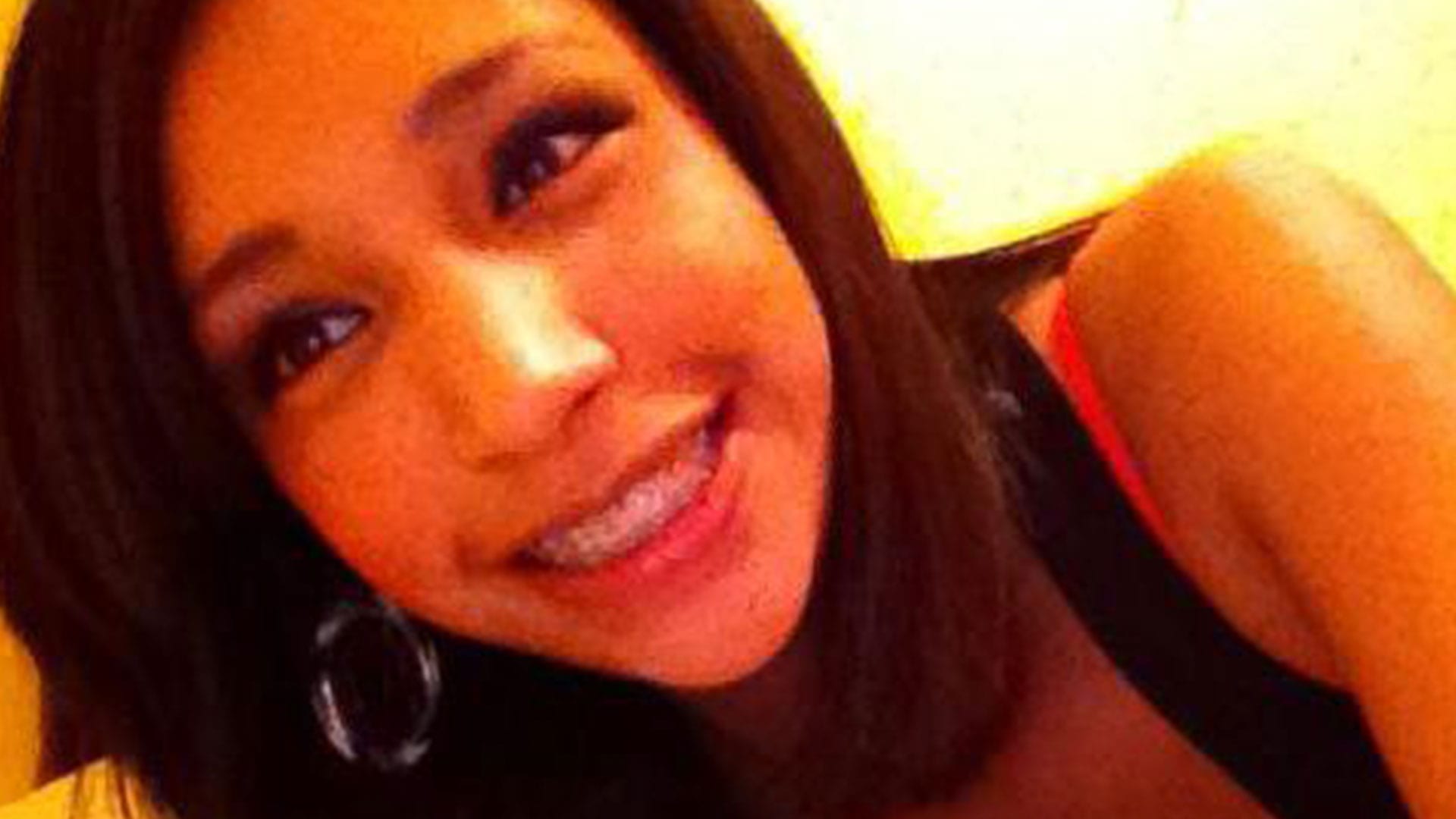
Big Island is one of 10 First Nations that fall under Weechi, which is headquartered in the former Fort Frances Indian Residential School.
From that office Weechi operates a quasi-devolved system where the communities handle day-to-day child welfare through child protection teams known as community care programs (CCP).
But they get their authority from Weechi, which is licensed by the province of Ontario.
Executive Director Laurie Rose works out of the main office and is the legal guardian of every kid in care across the 10 communities.
For instance, if a worker from Big Island needs to see medical records, Rose needs to approve it.
School records? Rose approves it.
And everything is supposed to be signed by Weechi, that includes plans of care.
Weechi can also step in and take over a CCP team that are also supposed to have signed service agreements with the agency.
Weechi supports the teams with staff that act as “program consultants” to the communities.
How Weechi is designed is important because after the abuse allegations, Big Island sent Sacha to live with her maternal grandfather in Onigaming First Nation on April 7, 2011.
Onigaming is also under Weechi.
The death report shows the CCP team in Onigaming had “serious reservations” about using the grandfather’s home because they feared he wouldn’t be able to supervise Sacha.
These concerns continued to come up after she was placed there.
“Notes in the file do show that issue of inadequate supervision was documented and discussed with the caregiver on a number of occasions,” wrote Ferris. “On at least one occasion the worker asked the caregiver if he wanted the workers to find Sacha another placement, but he declined.”
If Weechi thought the home was unsafe it’s not clear in the death report why it didn’t remove Sacha.
Ferris listed a summary of 22 “key concerns.”
Key concern Number 15: Possible minimization of suicide risk by some workers at different points.
Number 16: Lack of documented suicide risk assessments on file.
“A former member of the [Big Island] CCP team shared with the external reviewer that because Sacha was engaging in such regular suicidal behaviour, the note was perhaps not taken as seriously as it should have been taken. Another worker stated that both the team and the caregiver had tended to minimize the suicidal behaviour,” wrote Ferris.
Weechi’s neglect of regulations continued at her grandfathers.
There were no plans for care from January 2012 to the time of her death, while living with him.
There were also no annual medicals for two years.
She didn’t see the dentist as required one year.
Her file is missing a required school report another year.
Some documents are not dated, others not signed by the CCP supervisor or the manager at Weechi.
And it was also more than a year before a customary care agreement was signed.
She was, however, getting counselling and treatment.
But, Ferris found issues with that, as well.
“These appear to have been not always well planned, coordinated, delivered and/or documented with a high degree of consistency,” said Ferris.
Read More:
Deaths, Deformities and Destruction: The truth about child welfare in northern Ontario
Sacha had years of trauma to unravel at such a young age that grew every day as she was being bullied at school and struggling in just about every area, from attendance to academics.
Then she was sexually assaulted by four boys on Feb. 20, 2012.
Treaty 3 police were involved, but didn’t press charges saying the boys were too young.
An incident report spoke of Sacha needing “intensive supports” and Ferris points out there is no record of this happening, either.
Then the boys attacked her again, according to case notes in the death report.
“She stated that her mouth was covered and her arms held while one of the boys ‘humped’ her. The reviewer was unable to find any information as to how this was followed up,” wrote Ferris.
Sacha told her counsellor on March 13, 2012 about the second attack and her worker wanted to know why she had not been informed sooner. The counsellor advised her she told the community support worker.
“The reviewer was unable to determine if the second incident involving the boys was investigated or otherwise dealt with,” wrote Ferris.
Ferris noted tensions were rising between the worker and counsellor who was apparently asking Sacha if she wanted a new worker, according to case notes.
Later that year Sacha was dragged out the home of a 60-year-old man who wanted to have sex with her.
She went there with friends and they were drinking beer.
“She said the man offered her $60 to have sex with her,” a worker wrote in a case note.
She was 10 at the time.

Records show there was a “formal investigation” but it wasn’t included in the death report.
Things were getting worse for Sacha throughout 2013, yet there was no annual review of her file or a safety checklist done that year.
Her teacher reported she began calling Sacha’s worker by Christmas 2013.
“This teacher was frequently calling the child in care worker about Sacha’s cutting, bullying and Facebook postings. The teacher stated that she felt the CIC worker didn’t take her concerns seriously,” wrote Ferris.
Then she lost her sister Shania Bob, 18, on Feb. 4, 2014 in Thunder Bay.
It was ruled a suicide and remained that way for years until last year when her death was reopened as a suspicious death. That investigation is still ongoing.
After the death, Sacha met with Weechi’s clinical care coordinator, Leona McGinnis, on Feb. 28, 2014 to address suicide ideation and self-harming.
McGinnis wrote then that Sacha had “no real plan to end her life.”
“The notes also mention that while Sacha was on the coordinator’s iPhone she received a text message from an older bad Caucasian man who was calling her ‘hey you sexy thing,’” wrote Ferris.
“Finally, the notes state that the child required internet safety mentoring and supervision as her one profile on Facebook was a little provocative for her age, which would attract older males and pedophiles.”
A couple months later her school principal called her worker on April 30, 2014 and said he also had concerns Sacha was suicidal.
As her “behaviour became more worrisome” she was placed in an assessment home on May 2, 2014 only to be discharged 18 days later after she damaged some property and ran away.
It wasn’t until she was placed in Weechi’s now-defunct Ganawndaasowin treatment program on May 29, 2014 that she finally had a plan of care, which Ferris described as “thoughtful.”
She would remain there until her sister Robyn-Lee Mathers showed up one day in the middle of August.
She was there to tell Sacha their older sister, Arizona Bob, 27, had taken her life.
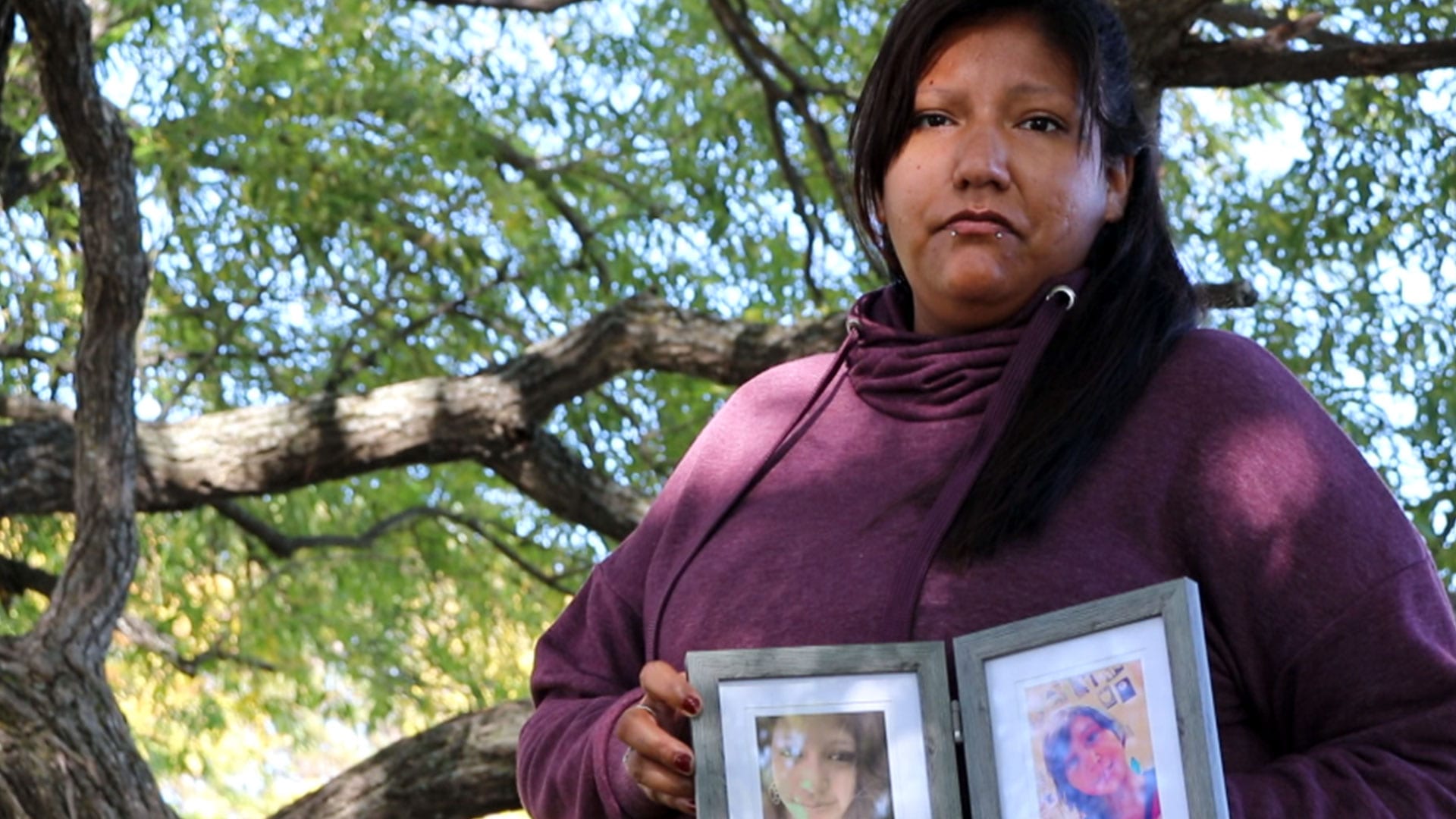
It was a Sunday when Mathers, now 26, arrived to tell Sacha about Arizona.
She remembers the day well considering it was also the day she was moving into her “fresh” new apartment. It was a happy day for the young woman, but she also had a bad feeling. The same one she had the day Shania died.
She immediately thought of Sacha after being told Arizona was gone and went to see her.
As Mathers approached the treatment centre all the kids came to do door yelling “Sacha, your sister is here” and then she appears among the crowd of kids: “Robyn?”
“Oh she was just so cute,” recalled Mathers. “She gave me a big hug. She knew something was wrong but I wasn’t allowed to say.”
Workers at the centre asked Mathers to wait a day. It’s not clear why, but she returned the following day and told Sacha.
“Sacha’s face just went red. She just started crying real hard. She was just saying ‘I lost two sisters this year.’”
“I just remember sitting on a bridge and telling her ‘it’s just us two now.’”
Sacha left with Mathers and the two last sisters stayed at Mathers’ place for the night.
The supervisor of the Big Island CCP team at the time was Pam Big George.
“The next morning is when Pam came and got her, I was thinking how come she just can’t stay with me until the services,” said Mathers.
“Oh, ‘cause her grandpa wants to take her,” said Big George, according to Mathers.
“But I’m her last sister?”
Sacha never returned to the treatment centre, despite objections from staff, who believed she should stay in the program.
Records show there was also no counselling scheduled, or provided, for Sacha after she was returned to her grandfather.
She simply began planning to return to school after the funeral. She was going into Grade 6.
The last thing Mathers said to Sacha was that she would visit soon.
That visit never happened.
On the day she died Sacha went to school.
“That morning she was getting picked on really bad,” said Mathers, which APTN confirmed with another source.
The bullying had been happening since she returned her grandfathers.
“Everyone was saying you are just using the death of your sister as an excuse for attention,” said Mathers.
She walked home from school at lunch with her friend, who said Sacha talked about suicide all the time.
She never returned to school.
Sacha wrote at least two goodbye letters.
One that Weechi ignored and one she left on a table.
Her grandfather, Robert Bob, returned home from work at 3 p.m.
“She left a note on the table. My grandpa showed it to me and it said ‘I’m sorry Papa, I can’t live in this life any more, but I’ll see you in the next life.’ My grandpa told me he thought it was a joke. He started searching the house and he couldn’t find her. He finally found her in the closet … she was already gone,” said Mathers.
Gibbins, who now goes by the name Ashley Little, was given multiple chances to comment but didn’t. Neither did Pam Big George, or anyone from Weechi for this story.
The death report stated it’s a “failure” that there was no counselling after Sacha was taken out of treatment.
It also said it’s a “failure” for the worker to not consult with her supervisor when she got the suicide note the day before Sacha died.
Delaying response to Sacha was another “failure”.
In total the death report made 39 recommendations.
But has Weechi changed after the death of Sacha Raven Bob?
We have that story on Dec. 11.
(Editor’s note: To view the Dec. 11 story please click here)
***
The Canada Suicide Prevention Service enables callers anywhere in Canada to access crisis support using the technology of their choice (phone, text or chat), in French or English:
Phone: toll-free 1-833-456-4566
Text: 45645
Chat: crisisservicescanada.ca






